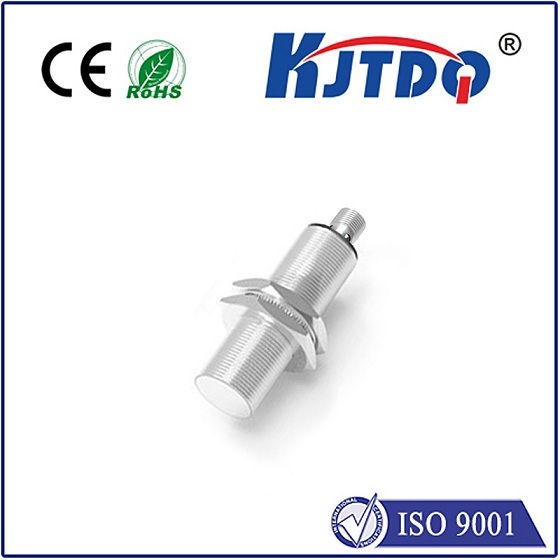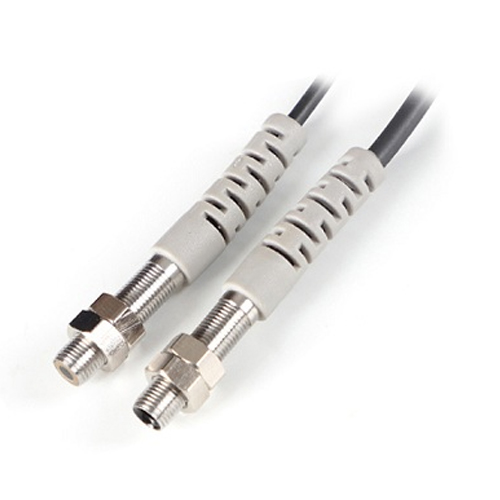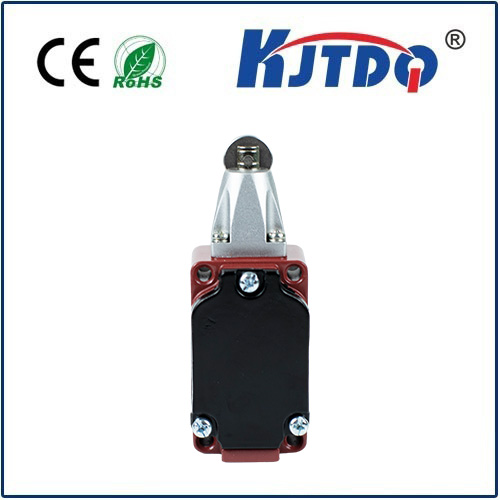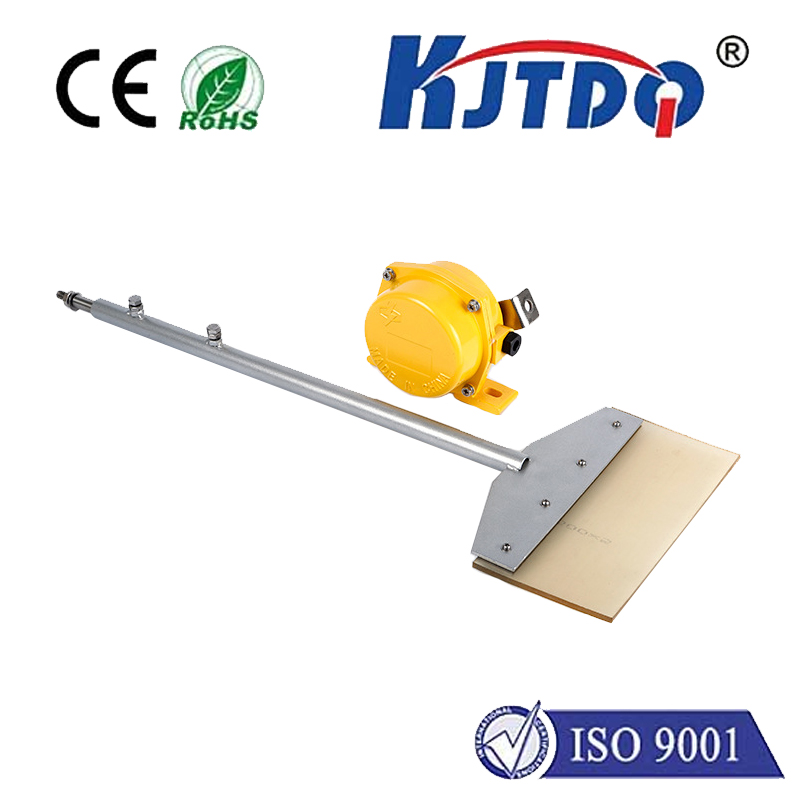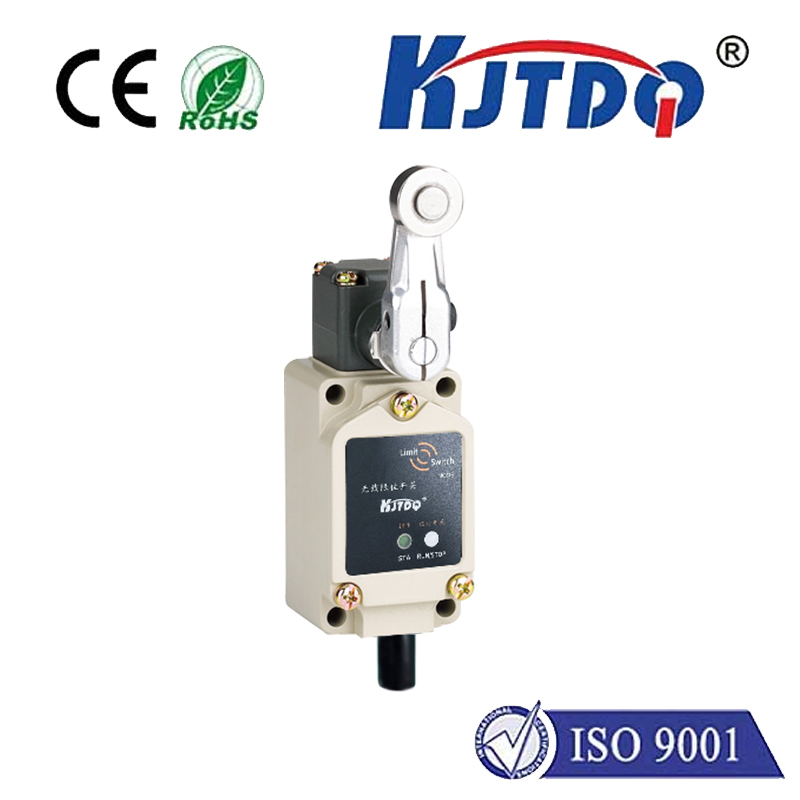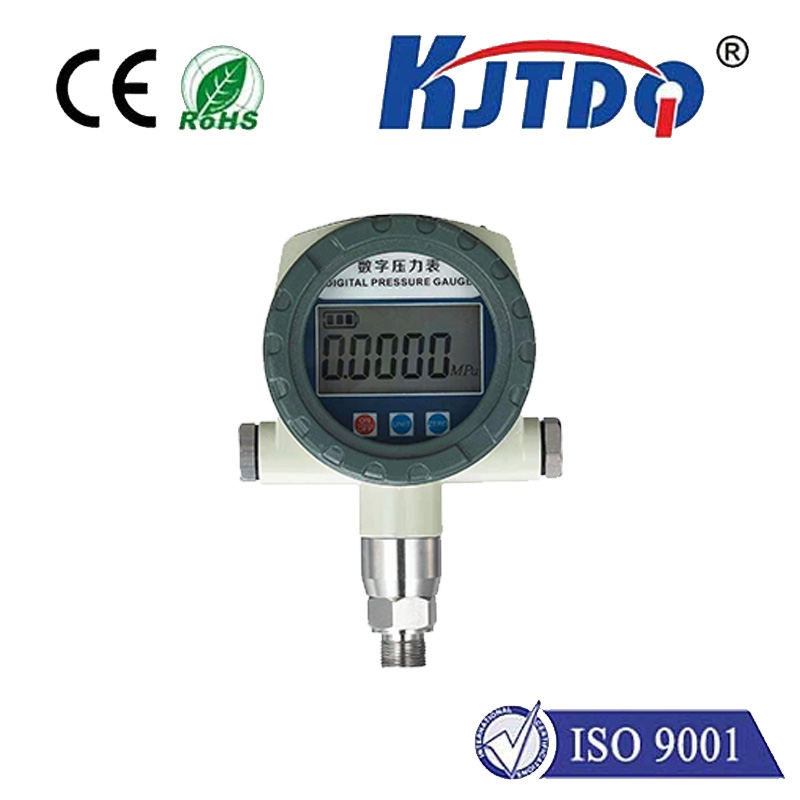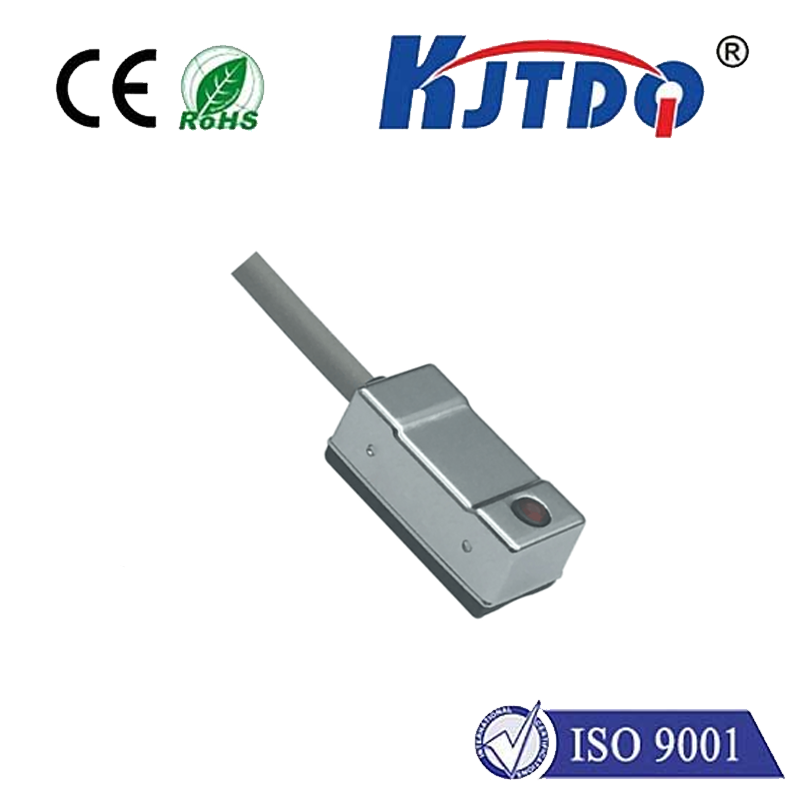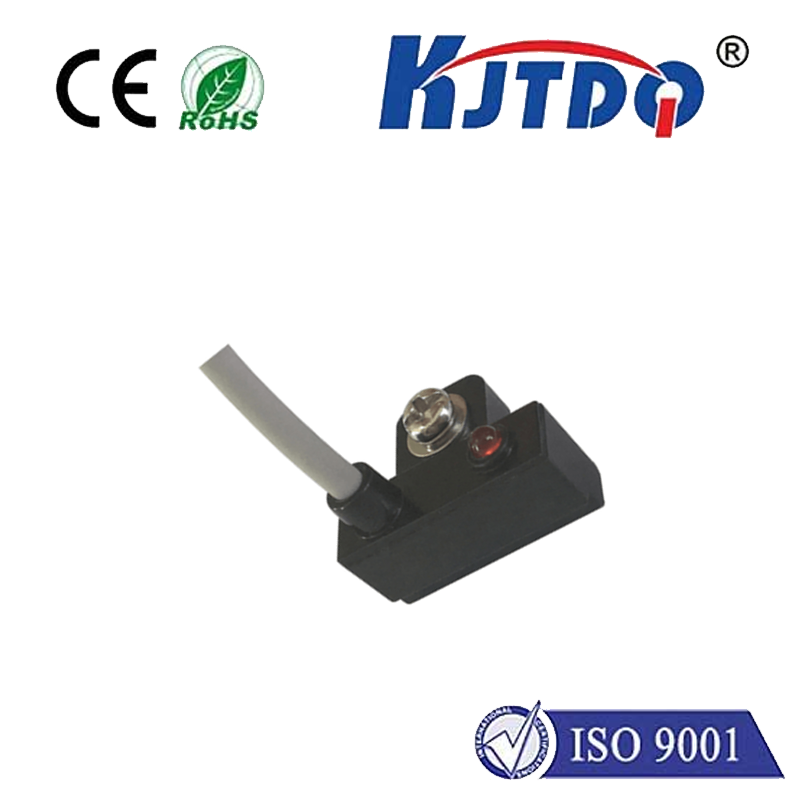apds 9960 proximity sensor
- time:2025-07-08 00:28:15
- Click:0
Unlocking Sensing Capabilities: The Versatile APDS-9960 Proximity Sensor
In an increasingly connected world driven by smart devices and human-machine interaction, the demand for intuitive and responsive sensors has skyrocketed. At the heart of many seamless user experiences lies a small but powerful component: the APDS-9960 proximity sensor. This integrated circuit goes beyond simple presence detection, offering a compelling suite of features that enable developers to create smarter, more interactive, and energy-efficient devices. Let’s delve into what makes this sensor module so valuable.
Beyond Simple Detection: What is the APDS-9960?
Developed by Broadcom (formerly Avago Technologies), the APDS-9960 sensor is a highly integrated digital device combining multiple optical sensing functions into a single, compact package. It addresses several key input and awareness needs simultaneously:
- Proximity Detection: At its core, the APDS-9960 excels at detecting the presence of nearby objects without physical contact. It emits invisible infrared (IR) light and measures the intensity of the light reflected back. By analyzing this reflected IR signal, the sensor can determine how close an object is. The detection range is programmable, typically up to several centimeters.
- Gesture Recognition: This is where the APDS-9960 truly shines and differentiates itself. It incorporates dedicated photodiodes positioned specifically to detect directional movement above the sensor. Using sophisticated internal algorithms, it can recognize simple up-down, left-right, near-far gesture detection. This enables intuitive touchless control – think waving your hand to silence an alarm, scroll through pages, or change tracks on a media player. Gesture recognition adds a layer of futuristic interaction to devices.
- Digital Ambient Light Sensing (ALS): The sensor continuously monitors visible light levels in the surrounding environment. This ambient light sensing capability allows devices to automatically adjust the brightness of displays (like smartphones or tablets) for optimal visibility and power savings, or trigger actions based on ambient light changes.
- Color Sensing (RGBC): The APDS-9960 also houses a dedicated color sensor (Red, Green, Blue, Clear). While not intended for high-precision colorimetry, it effectively provides color and light sensing information. This can be used for tasks like detecting color temperature (cool white vs. warm white), identifying simple color patterns, or enhancing the context derived from ambient light.
Technical Strengths and Integration

A key factor behind the APDS-9960’s popularity is its ease of integration and configurability:
- I2C Interface: Communication with microcontrollers (like Arduino, Raspberry Pi, ESP32) or System-on-Chips (SoCs) is streamlined via the standardized I2C communication protocol. This requires minimal wiring (just power, ground, SDA, and SCL lines).
- Programmable Settings: Developers have significant control over sensor behavior. Parameters like IR LED current (affecting proximity range), proximity gain, ALS gain, interrupt generation thresholds, and gesture recognition sensitivity can be adjusted via registers over the I2C bus. This allows fine-tuning for specific application needs and environments.
- Interrupt Functionality: Instead of requiring constant polling by the host processor, the APDS-9960 can generate an interrupt signal when predefined conditions are met (e.g., an object comes close, a gesture is recognized, ambient light crosses a threshold). This is crucial for low-power operation, allowing the main processor to sleep until needed, significantly extending battery life. The interrupt-driven design is a major contributor to energy efficiency.
- Small Form Factor: Its compact size makes the APDS-9960 an ideal solution for space-constrained designs commonly found in portable electronics and IoT devices.
Where Does the APDS-9960 Shine? Key Applications
The fusion of proximity, gesture, ambient light, and simple color sensing opens the door to diverse applications:
- Smartphones and Tablets: Used for screen blanking during calls (proximity detection), automatic display brightness adjustment (ALS), and occasionally basic gesture control.
- Wearable Electronics: Enabling intuitive touchless interactions on smartwatches or fitness trackers without needing to touch a potentially sweaty screen, managing power through proximity detection (like turning off the display when covered by a sleeve).
- Smart Home and IoT Devices: Proximity sensing can wake smart speakers or displays when you approach. Gesture control offers hygienic interaction with lights, faucets, or appliances. Ambient light sensing optimizes indicator brightness or controls smart lighting systems. Consumer electronics increasingly leverage this multi-function sensor for enhanced UX.
- Interactive Kiosks and Displays: Implementing engaging gesture-based navigation in public spaces, reducing physical contact points.
- Robotics and Automation: Providing basic obstacle avoidance through proximity detection or enabling gesture-based control interfaces.
- Automotive Interior Controls: Gesture control for infotainment systems or cabin lighting, enhancing safety by reducing the need to look away.
The Compelling Benefits: Why Choose the APDS-9960?
Integrating an APDS-9960 sensor offers distinct advantages:
- Sensor Fusion in One Package: Combines four sensing modalities, reducing component count, simplifying PCB design, and lowering BOM costs compared to using discrete sensors.
- Enhanced User Experience (UX): Enables intuitive gesture recognition and responsive proximity features, making devices feel smarter and more interactive.
- Energy Efficiency: The programmable interrupt system and the ability to power down unused functions are critical for low-power operation, especially in battery-powered applications.
- Cost-Effectiveness: Offers significant functionality at a competitive price point.
- Ease of Development: Well-documented datasheets and readily available libraries for popular platforms like Arduino significantly lower the barrier to entry. The I2C interface streamlines hardware integration.
Conclusion
As devices strive for greater intelligence, responsiveness, and efficiency, integrated sensors like the APDS-9960 proximity sensor play a pivotal role. Its unique combination of proximity detection, intuitive gesture recognition, ambient light sensing, and color and light sensing capabilities, delivered through a simple I2C interface with low-power operation options, makes it a versatile and powerful choice for modern electronics design. Whether enabling touchless interaction, optimizing display brightness, or conserving battery life, the APDS-9960 provides an elegant sensing solution that continues to empower innovation across consumer electronics, IoT, and beyond. Its integrated nature addresses multiple needs simultaneously, solidifying its position as a go-to sensor for designers seeking sophisticated yet practical sensing.












